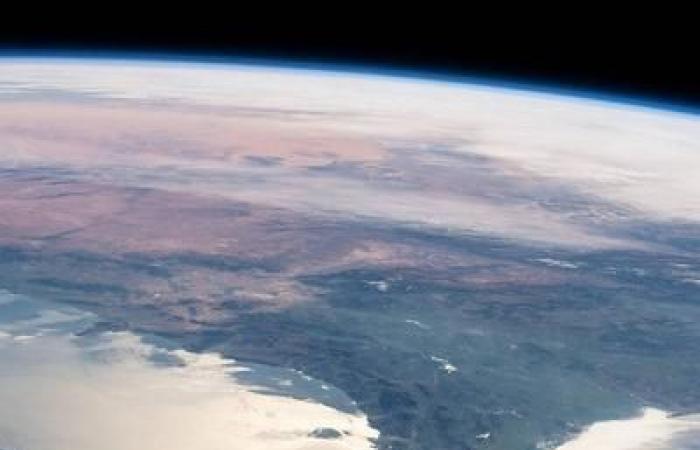As the water rose, it scoured deep openings that allowed greater amounts of water to rush in. At its peak, this transfer would have transported more than 100 million cubic meters of water per second, filling the sea in less than two years. Such an event would have excavated the equivalent of 400 million Olympic swimming pools of sediment, carving a channel across the Strait of Gibraltar and a canyon that extends to the seafloor.
“It's like water coming out of a fire hose,” says William Ryan, a marine geologist at Columbia University who was involved in early work identifying salt deposits in the Mediterranean.
The cataclysm transformed the entire region, not only by moving the waters but also by shearing chunks of rock, grains of sand and other elements in its path. “That kind of energy doesn't just bounce sediment into the abyss. Everything is projected in an extremely turbulent and chaotic manner,” underlines Victor Baker, geologist at the University of Arizona and expert in very large floods.
Geologists in the 1800s did not think floods of this magnitude were possible. Modern processes have proven that an ancient geological event may have taken place. “The problem is that very significant flooding is rare,” says Baker. Much like the Chicxulub meteorite disaster that changed life on Earth forever, phenomenal floods don't happen every year – or even for a million years.
Scientists began exploring the history of the Mediterranean in the 1950s, when they found salt deposits on the coasts, highlighting the existence of a particularly brackish ancient sea. In the 1970s, researchers aboard the drillship Glomar Challenger carried out a seabed coring campaign which finally allowed them to discover the saline deposits, vestiges of this tumultuous era in the history of the Mediterranean.
Features that looked like the cracked surface of a mudflat exposed to the sun were found in the upper layers of salt – a clue that the waters weren't always rough, according to Ryan. However, there is still much discussion about how much water evaporated and how long it lasted.
Over the years, many researchers have delved into these intriguing waters, and as evidence has accumulated, the situation has become increasingly puzzling. Along the basin, there are fossils of creatures that show the Mediterranean was full of water before reconnecting with the Atlantic, says Wout Krijgsman, a geologist at Utrecht University in the Netherlands. Before the flood, the region may not have been a desert but a reduced sea.
Where did all the sediment go? This is one of the main questions García-Castellanos and others have studied. More than 1,000 cubic kilometers of sediment would have been scattered across the Mediterranean basin gathering in compartments where water flow was low. However, sediments that formed long before people set foot in the area are currently buried beneath the seabed.
To locate ancient clues, researchers are using a kind of geological probe that would send seismic vibrations from a boat to the seabed of the Mediterranean to measure the echoes. A pocket of rocks and sand, undoubtedly deposited by the flood, was discovered east of the border which separates the east and west basins. By consulting old seismic data, García-Castellanos and his colleagues believe they have found another sediment deposit in the form of a rock trail that extends behind an underwater volcano. Although the sediment pockets are intriguing finds, they haven't been sampled, so scientists don't know exactly when they formed, Flecker says.
But the mystery could soon be solved. Flecker and others hope to drill several locations across the Mediterranean in search of other clues relating to these important moments in the region's geological past.
“Future drilling could shed some light on what really happened,” Ryan concludes.






